Common name: turtle dove
Scientific name: Streptopelia turtur
Family: Columbidae (doves and pigeons)
Habitat: open woodland, hedgerows, grassland
Diet: seeds
Predators: birds of prey, large mammals, domestic cats, humans
Origin: native
Named after its 'tur tur' call, the turtle dove is romantic, enigmatic, and at risk. It nests in shrubs and trees and feeds on the seeds of crops and woodland plants.
Common name: turtle dove
Scientific name: Streptopelia turtur
Family: Columbidae (doves and pigeons)
Habitat: open woodland, hedgerows, grassland
Diet: seeds
Predators: birds of prey, large mammals, domestic cats, humans
Origin: native
The turtle dove is pinkish grey in colour, with black and white barring on the neck and pink eye rings. The wings are patterned with black and brown plumage.
The bird's tail has white tips that are most noticeable when fanned out in flight.
Not to be confused with: other species of dove and pigeon. The turtle dove is much smaller than other species and is much more intricately patterned.
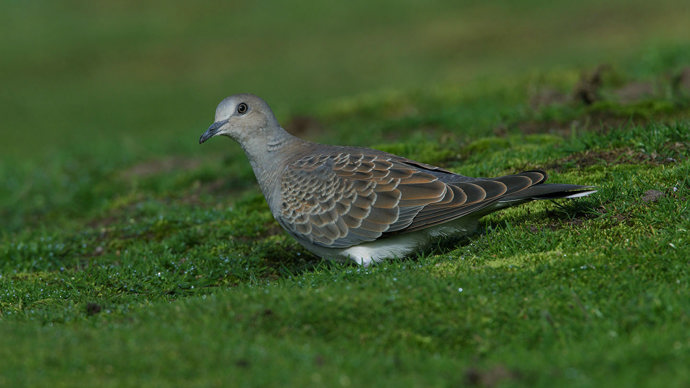
Credit: Neil Bowman / Alamy Stock Photo
The seeds of cereals and weeds make up the majority of the turtle dove’s diet. Chickweed and fumitory are favourites. They are ground feeders and will also take spilt grain and the seeds of oilseed rape.
The turtle dove is our smallest native dove and is half the weight of a woodpigeon.
Turtle doves are monogamous and pair for life. Males impress females by puffing out their chests and ducking their heads up and down.
A clutch of two white eggs is laid in May and June in a flimsy nest of twigs well hidden in scrub or thorny hedgerows. The male bird helps the female to incubate the eggs, which hatch after around two weeks, with the chicks fledging up to three weeks later.
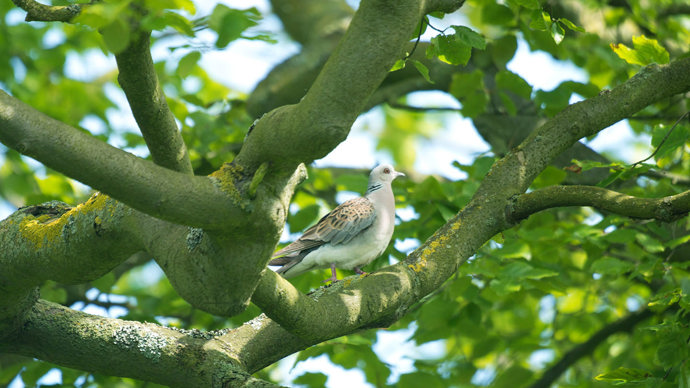
Credit: John Bridges / WTML
The only migratory dove in Europe, turtle doves winter in Africa, gathering in massive roosts of up to one million birds.
In Greek mythology, turtle doves were a symbol of the goddess Demeter.
Turtle doves rely on arable farmland to feed and prefer to nest in mature hedgerows, scrub and open woodland. They are mainly found in southern and eastern England between April and September.
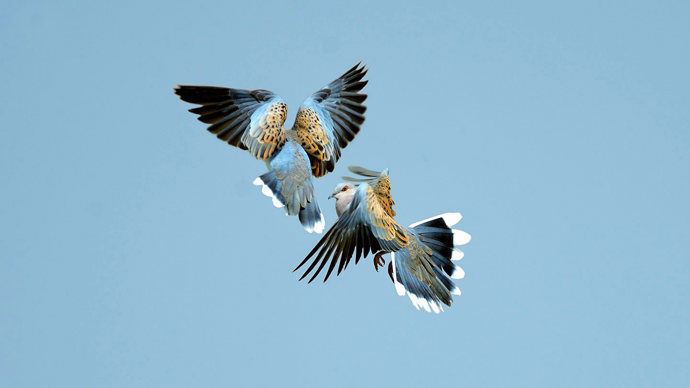
Credit: David Tippling / naturepl.com
Look for turtle doves in woodland edges and hedgerows. You’re more likely to hear them than see them. Listen out for their distinctive purring call (which lent them their scientific name).
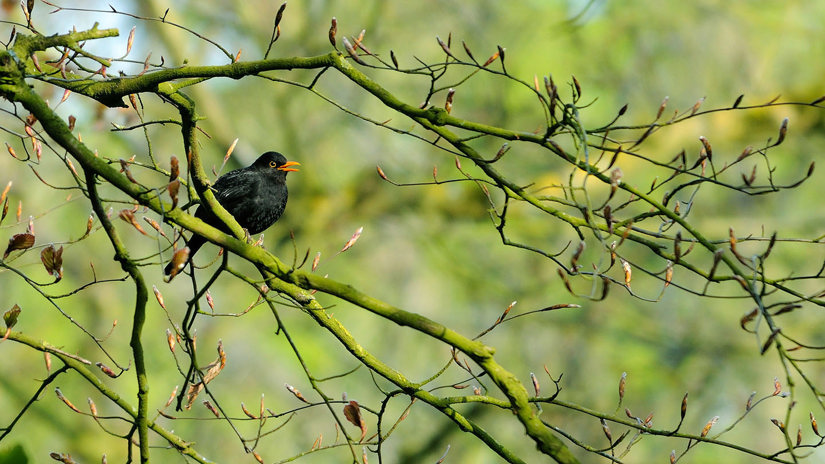
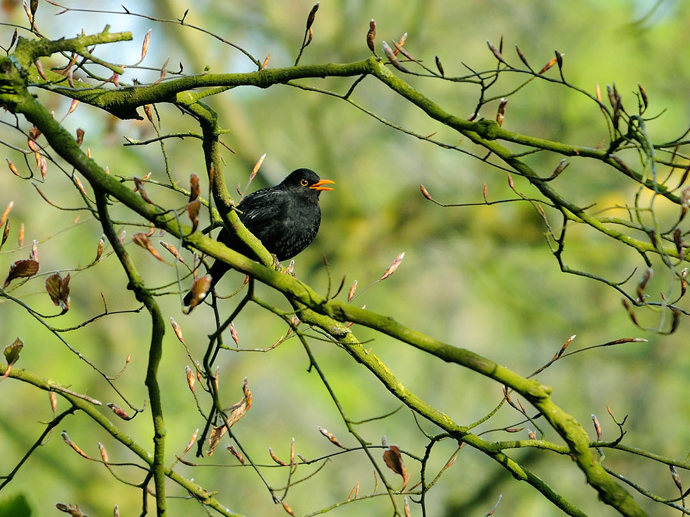
External link
Record the comings and goings of key feathered friends and help scientists track the effects of climate change on wildlife.
Turtle doves have suffered a drastic decline in the UK, with an estimated population drop of 98% since 1970. There are serious concerns that the species could soon disappear from the country entirely. Factors behind this decline include changes in agricultural practices, which limits food availability, and hunting by humans.
Turtle doves are shot in huge numbers on migration in countries bordering the Mediterranean. It is estimated that as many as two to four million are shot and trapped as they pass through.